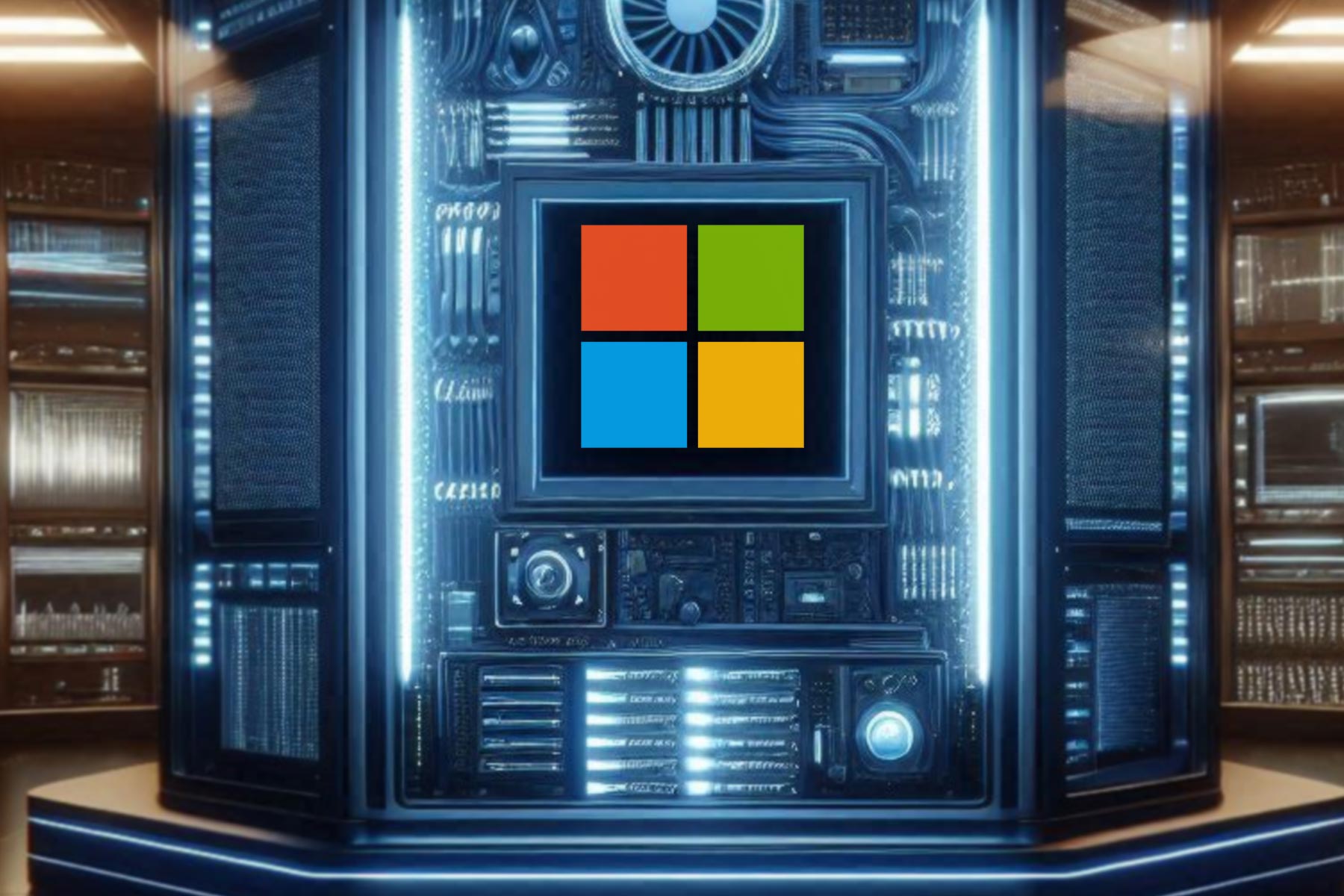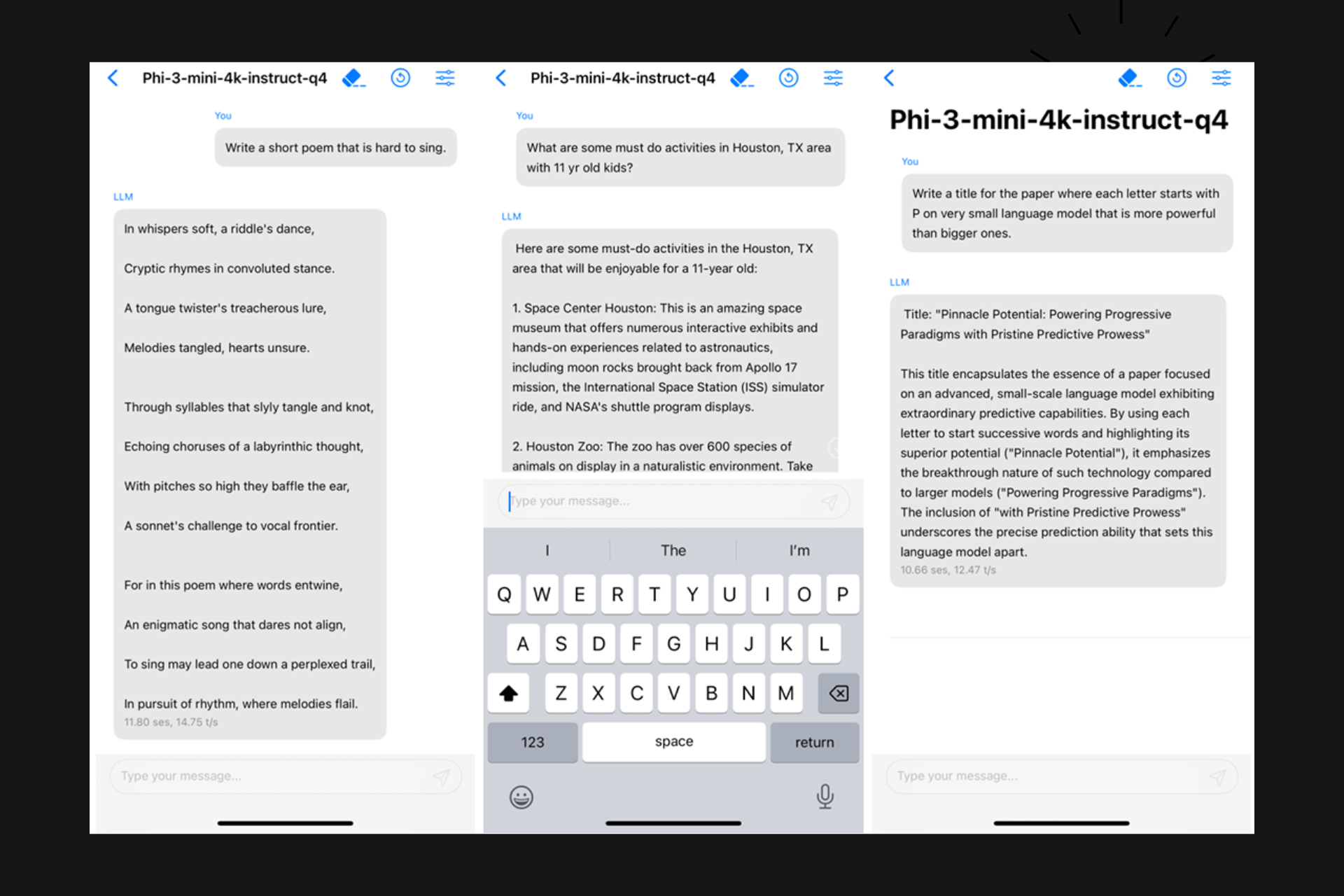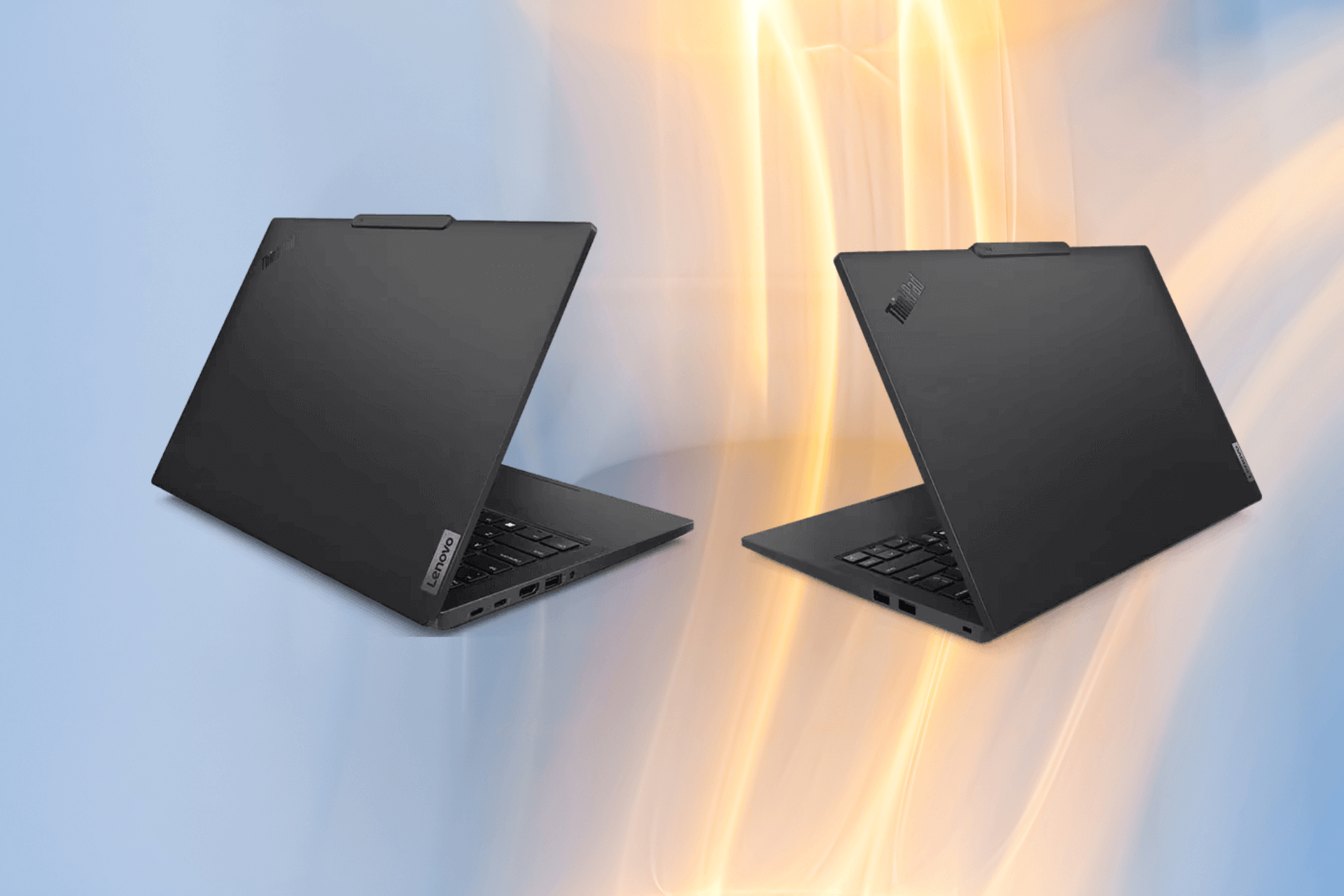Chrome's back-forward cache feature is coming to desktops
3 min. read
Published on
Read our disclosure page to find out how can you help Windows Report sustain the editorial team Read more
Key notes
- Google is now trying to bring an Android browser feature to desktops, for the Chrome browser.
- Microsoft said it’s working on new code caching for scripts fetched via the chrome:// protocol.
- The back-forward cache feature for desktop will be rolling out with Chrome 92 for some users.
- A release date hasn't yet been decided, however, a wider rollout is expected later this year.

It’s been quite a while since we’ve talked a bit about one of the most popular browsers out there. We’re now back with some news that will surely please you if you are a Google Chrome user.
The Redmond tech company is currently working on a new feature for Chrome that will improve the speed of internal pages on Windows, Linux, macOS, and other desktop platforms.
These cache enhancements will improve browsing speed
So, let’s continue by saying that this feature uses caching in order to enable instantaneous page loading when users navigate between internal pages (chrome://) of the browser, like the new tab page for example.
Microsoft revealed that it’s working on a new code caching feature for scripts fetched via the chrome:// protocol, through a new Chromium code commit.
After loading and executing a script, V8 can serialize the interpreter bytecode which was generated for that script. Later, if Blink tells V8 to run the same script again, and provides the previously serialized bytecode, then V8 can skip the initial parsing step and the script runs faster. This is important for page load time.
As you probably know, Chromium-based browsers like Chrome include large scripts in WebUI pages, WebUI being used for some common scenarios such as the new tab page.
Thus, using a prototype implementation of a new feature, the tech giant observed a reduction of 11-20% on time to first contentful paint on the new tab page.
The feature is currently disabled by default and can be enabled by launching with –enable-features=WebUICodeCache. A subsequent change will add configuration for a field trial.
For the moment, many WebUI data sources opt out of using the network cache, therefore response time is not a meaningful indicator of whether the script’s content has changed.
Also, this response time comparison always rejects any data from the bytecode cache.
Another aspect that you should know is that Google is also working on an update for its web browser, which will drastically improve the loading speed of web pages.
This long-awaited new feature is called back-forward cache on desktop and it will be rolling out with Google Chrome 92 for some users.
If you didn’t already know, this feature has been available on Android for a long time. It allows users to load pages almost instantly if they click the back or forward buttons.
The above-mentioned feature attempts to keep a page alive when the user navigates away and visits the same page again via session history navigation.
Google spent the last two years testing this feature and it has finally entered the experimental stage, with some users getting it in Chrome 92.
Based on a Google group discussion, a release date has not yet been decided. However, a wider rollout is expected to begin later this year.
Are you excited about these new Chrome changes? Let us know in the comments section below.









